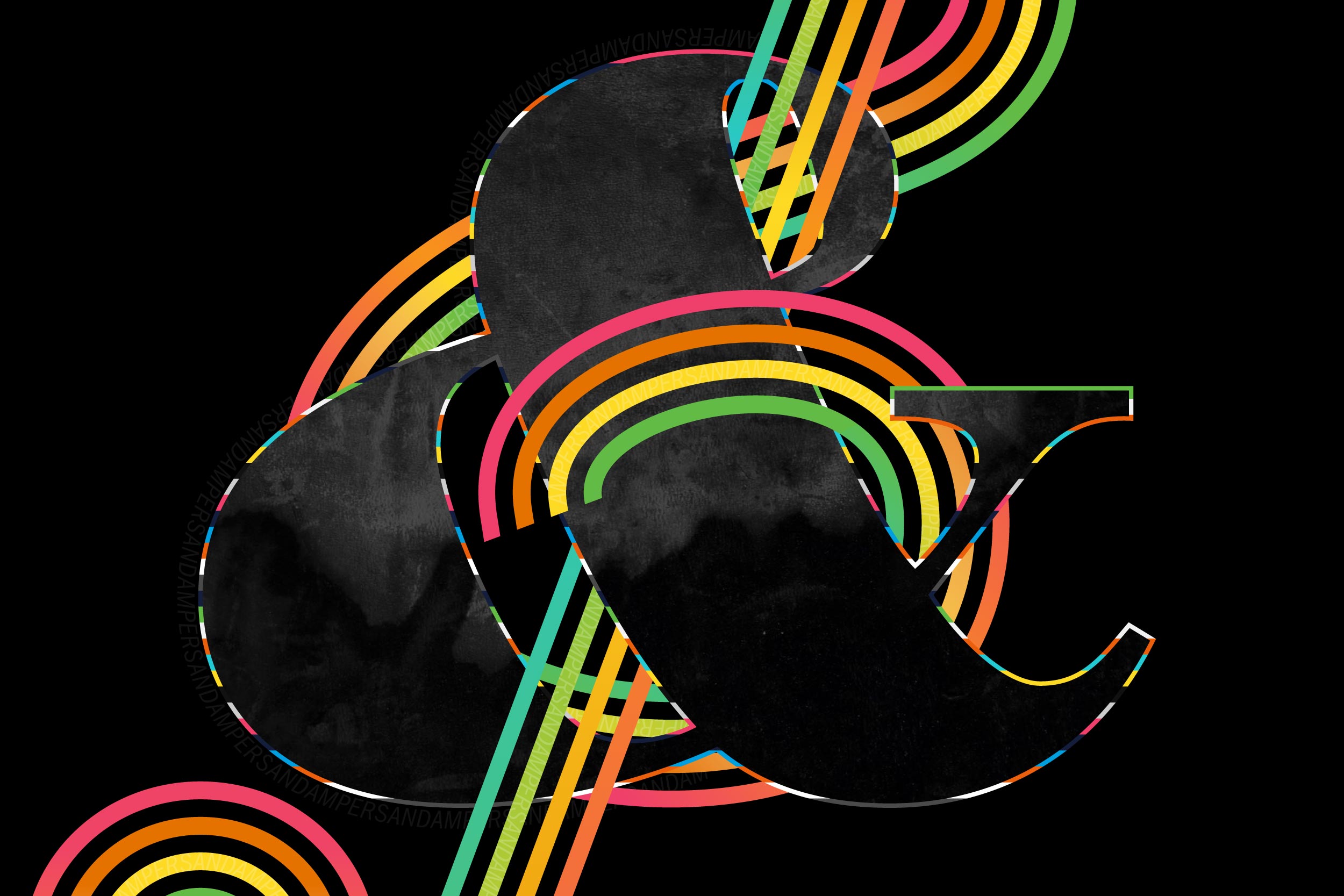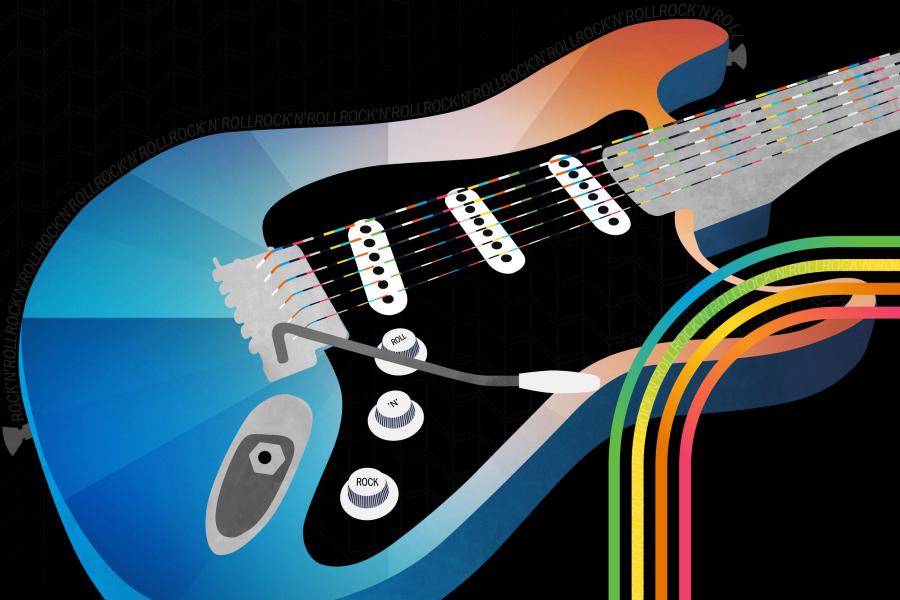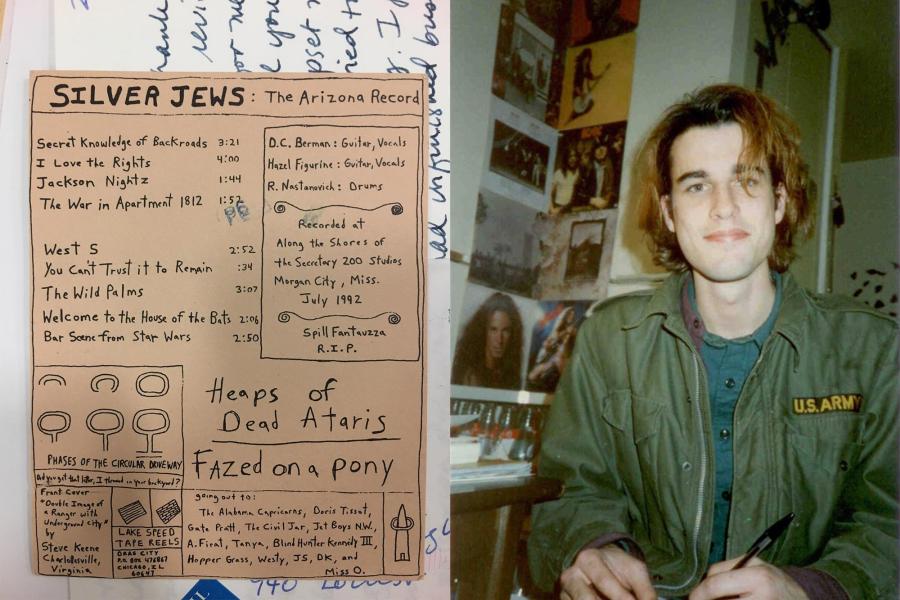Home, for me, is a small town of about 70,000 people in the middle of Illinois called Decatur. It’s probably best known as “The Soybean Capital of the World” because of the history of major grain processing companies there, or “the original home of the Chicago Bears.” Decatur is the current home of most of my family & many friends. It is also the home of my alma mater, Millikin University. Decatur ranked seventh nationally in USA Today’s 2019 “America’s Fastest Shrinking Cities” poll & was listed No. 7 for their “15 Worst Cities for Black Americans” in 2018.
My forthcoming album, “I Used to Love to Dream,” also connects pasts, presents, & futures. It will be the first rap album published by University of Michigan Press. In fact, it will be the first peer-reviewed rap album published by any university press. In addition to writing about Decatur, I attempt to describe other places & spaces where I’ve lived, studied & created. The project is also about the distance I feel between the past & the present. I took drafts of the songs to the National Arts Festival in Makhanda, Eastern Cape, South Africa, in the summer of 2019. During the entire trip, but especially in the listening & talkback session for the in-progress album at the Black Power Station community arts space, I was constantly reminded of my discomfort in naming & claiming a place that I call home. That discomfort compelled me to finish the album once I arrived back in Charlottesville.
I began writing “I Used to Love to Dream” with the same desire to connect current & past sounds & experiences that have always, on some level, informed my music-making practice. With this project, though, I wanted to extend my critical analysis & reflection beyond the immediate past, as I had done in my previous two “Sleepwalking” albums, volumes one & two. I would write more personally, about where I’m from & where I’m at & what that means at this moment. The present can sometimes feel so distant from the past that I found myself worried I have no real claim to those previous stories that I have carried with me for so long. The new album is part of the ongoing work of reclaiming & the naming of then, now & what may come.
Here’s the song itself. Take a listen.





